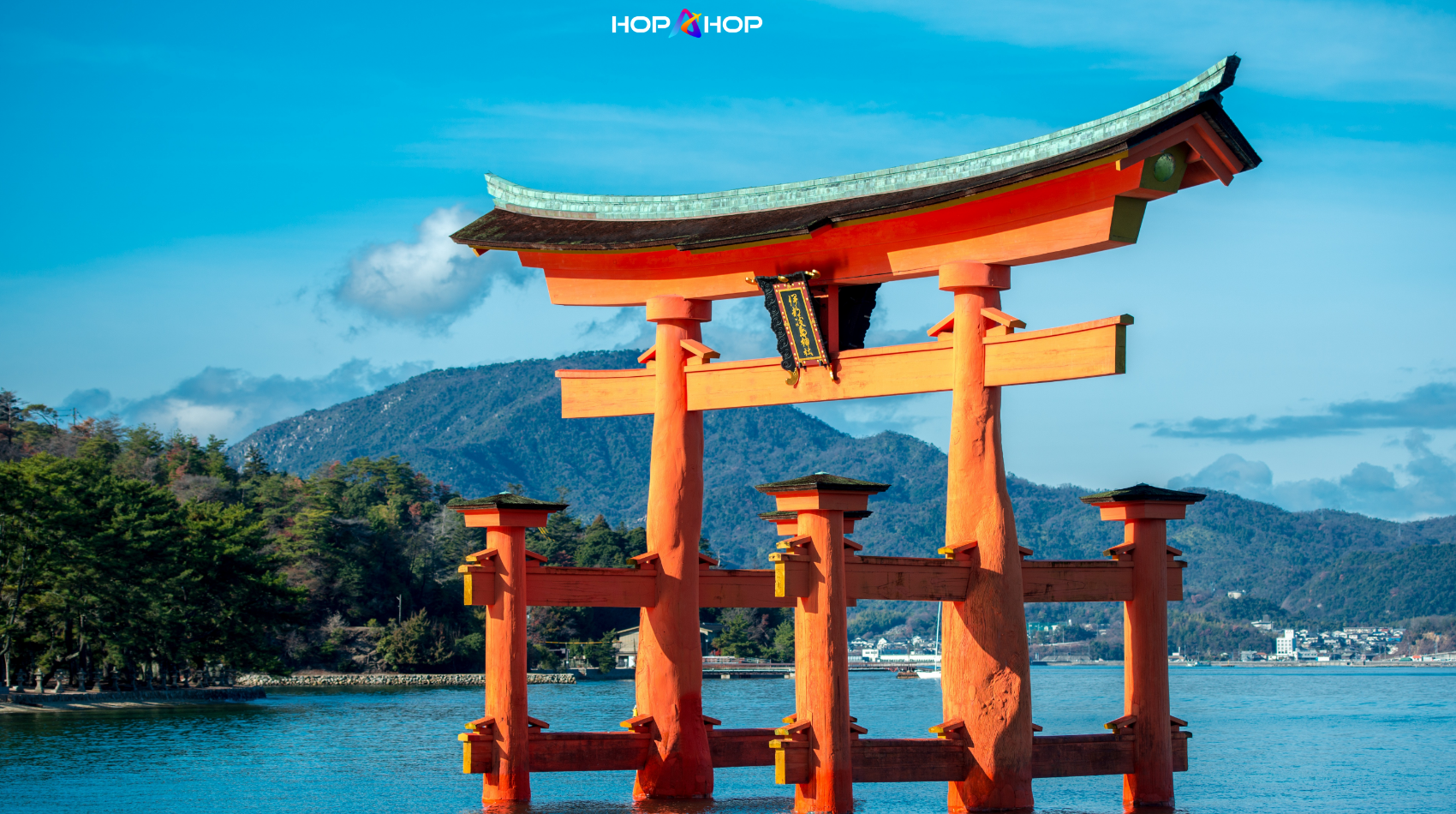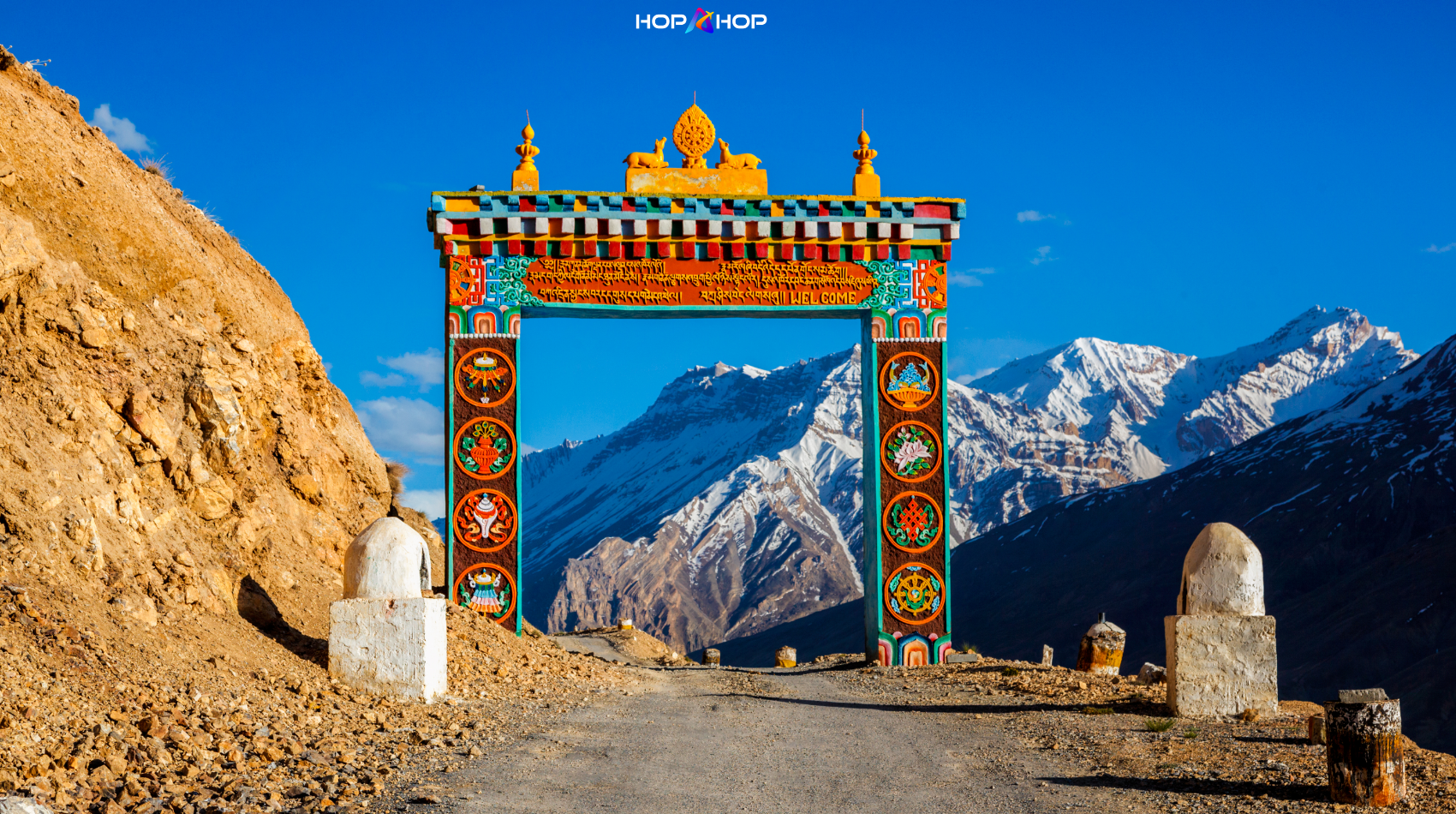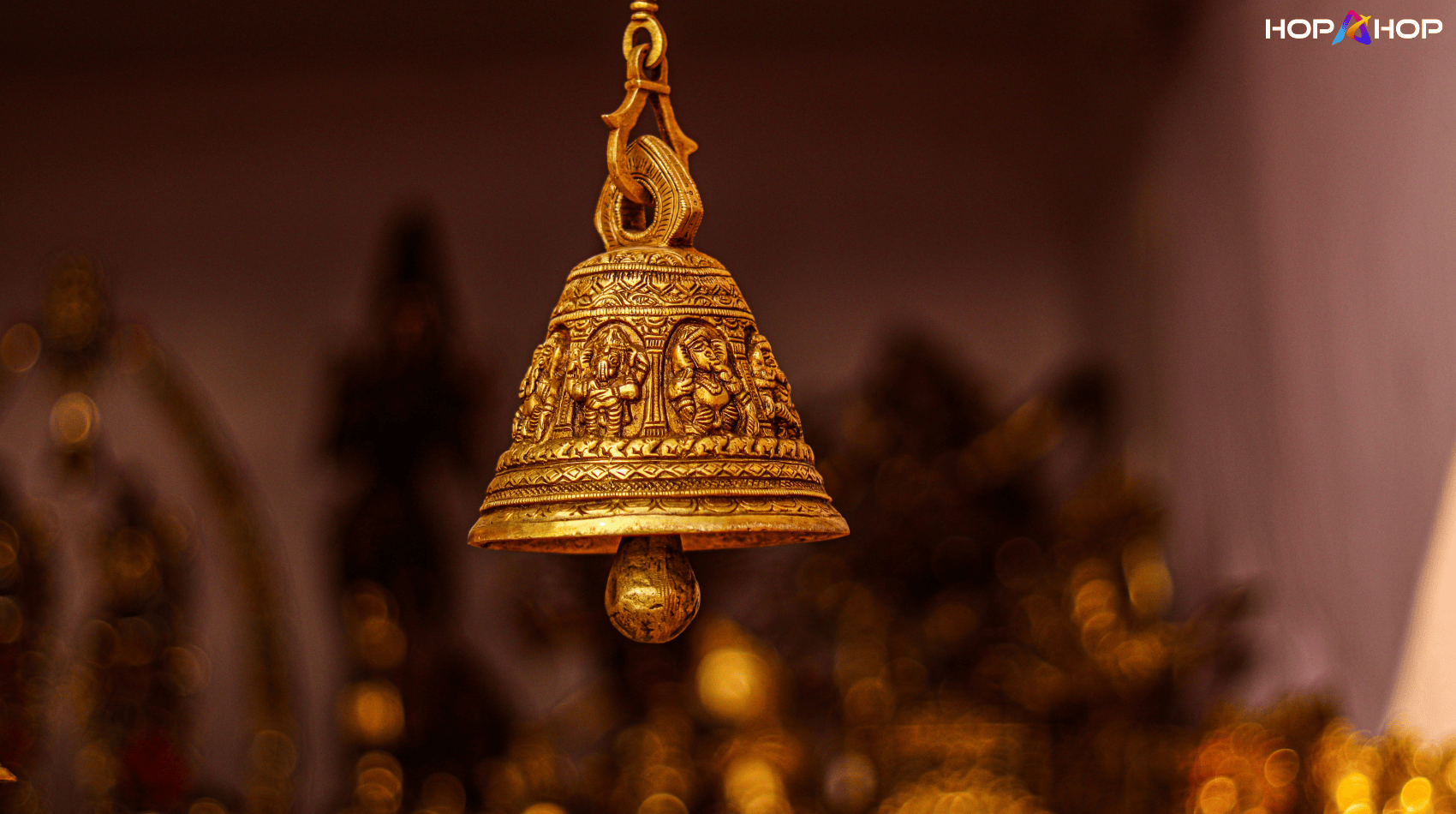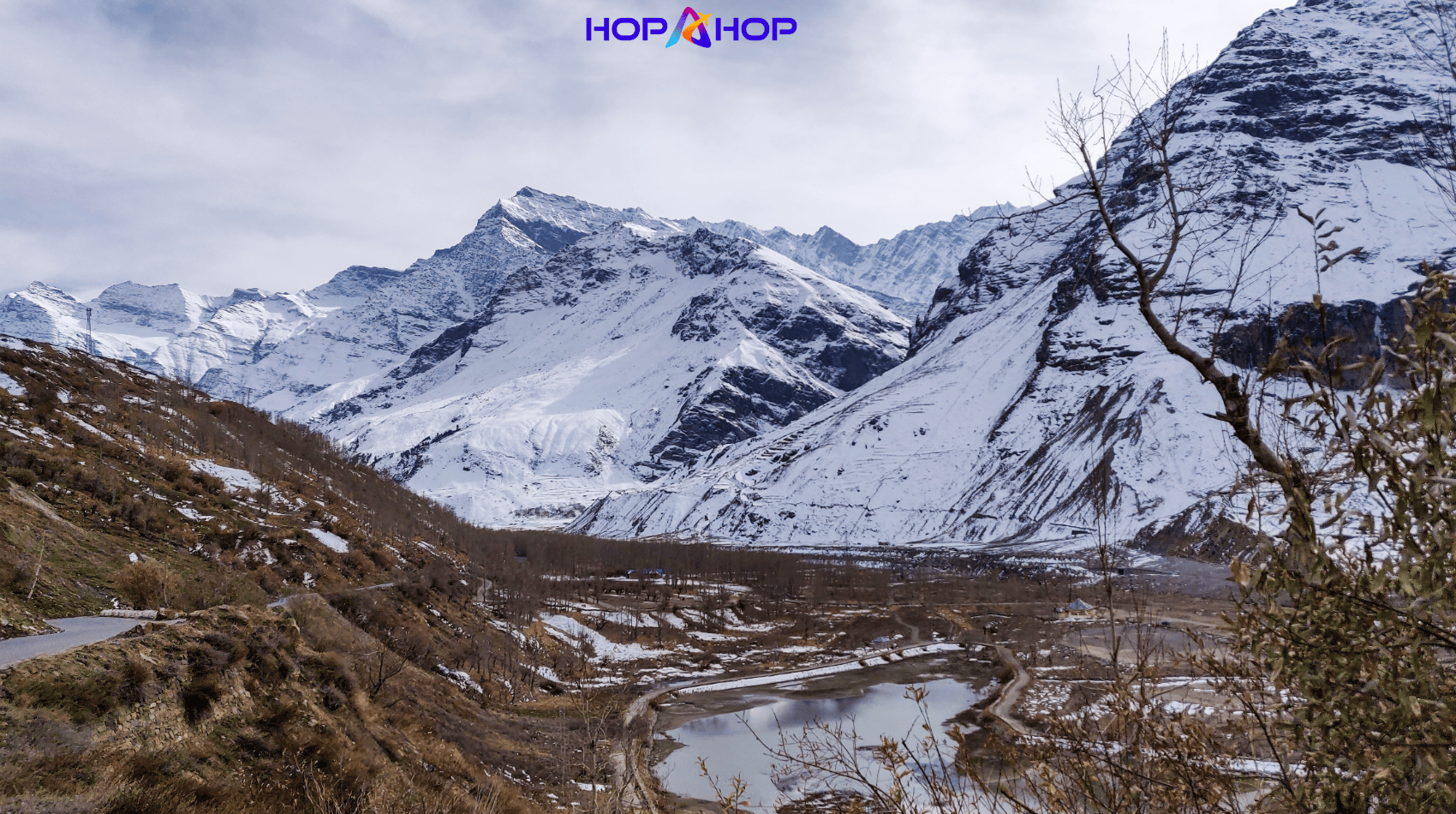Experience Eco-Luxury in Bali: A Guide to Staying in Bamboo Houses
If you’re looking for a unique, sustainable, and eco-conscious way to experience Bali, staying in a bamboo house might be just the adventure you need. Bali, a paradise known for its lush landscapes, spiritual ambiance, and vibrant culture, is now also gaining recognition for its eco-luxury stays, particularly bamboo houses. These beautifully crafted homes made entirely of bamboo offer an unforgettable stay, blending sustainability with luxury. Here’s everything you need to know about staying in a bamboo house in Bali.
Why Choose a Bamboo House in Bali?
Bamboo houses in Bali are more than just a place to stay – they’re a testament to the island’s commitment to sustainability and green tourism. With their natural materials, unique architecture, and eco-friendly features, bamboo houses are the perfect choice for travelers looking to connect with nature while enjoying the comforts of modern living. Whether you’re looking for a romantic getaway, a family vacation, or a solo retreat, bamboo houses in Bali provide a tranquil escape that’s good for both the soul and the planet.
What Makes Bamboo Houses Special?
- Eco-Friendly Design
Bamboo is a fast-growing, renewable resource that is both sturdy and flexible, making it an ideal material for construction. Bamboo houses in Bali are built using sustainable practices, ensuring minimal environmental impact. These homes are often designed to blend seamlessly with the natural surroundings, offering a harmonious connection between nature and architecture. - Unique Architecture
Bali’s bamboo houses feature stunning designs, with intricate bamboo structures that showcase the island’s artistic flair. From open-concept living spaces to soaring bamboo ceilings, each house is a work of art. Many bamboo villas in Bali have large windows that offer panoramic views of the lush rice terraces, rivers, or beaches. - Sustainable Living
Bamboo houses are equipped with sustainable amenities, such as solar-powered electricity, rainwater harvesting systems, and eco-friendly waste management. Staying in one of these homes allows you to embrace a minimalist and eco-conscious lifestyle while enjoying luxury amenities. - Connection to Nature
With their open-air designs and natural bamboo materials, these houses allow you to live closely with nature. Many bamboo accommodations in Bali are located in tranquil settings, such as the jungles of Ubud or the peaceful riverside in Sidemen, where you can experience the sights and sounds of nature without sacrificing comfort.
Top Bamboo Houses to Stay in Bali
- Bambu Indah
Located in Ubud, Bambu Indah is one of the most renowned eco-resorts in Bali, known for its stunning bamboo villas and eco-conscious approach to luxury. The resort offers a variety of bamboo houses with unique designs, each offering an intimate connection to nature. - Green Village
Situated in the heart of the Balinese jungle, Green Village is a stunning collection of bamboo houses designed by architect Elora Hardy. These luxurious bamboo villas feature expansive living spaces and are powered by solar energy, making it a true eco-paradise. - The Bamboo Village Bali
Nestled in the picturesque rice terraces of Ubud, The Bamboo Village Bali offers beautifully crafted bamboo houses that are perfect for those seeking peace and solitude. The property is dedicated to sustainability, providing eco-friendly amenities like natural swimming pools and organic gardens. - Bali Bamboo Eco-House
For a more budget-friendly bamboo accommodation, the Bali Bamboo Eco-House offers an authentic and rustic stay. Located near Ubud, this bamboo house offers an intimate retreat surrounded by the beauty of nature.
What to Expect During Your Stay
- Eco-Conscious Luxury: While bamboo houses are designed with sustainability in mind, they don’t skimp on luxury. Expect high-end amenities such as comfortable beds, spa-like bathrooms, and eco-friendly products.
- Tranquil Atmosphere: Many bamboo houses are located in serene settings, such as rice fields, jungles, or mountains, offering a peaceful environment that encourages relaxation and reflection.
- Unique Cultural Experiences: Staying in a bamboo house offers more than just a place to sleep – it’s an opportunity to immerse yourself in Bali’s culture and natural beauty. Many bamboo properties offer cultural workshops, farm-to-table dining, and wellness experiences.
- Privacy and Seclusion: Bamboo homes often come with plenty of privacy, making them ideal for those seeking a secluded and intimate retreat. Whether you’re on a romantic getaway or a solo journey, these homes offer peace and solitude.
Tips for Your Bamboo House Stay
- Pack Light: Since many bamboo houses are designed with natural ventilation and outdoor spaces, packing light with breathable clothing is ideal.
- Respect Local Traditions: Balinese culture is deeply spiritual, and it’s essential to respect local customs and traditions while staying in the region.
- Embrace Eco-Living: Bamboo houses encourage eco-friendly practices, such as water conservation and waste reduction. Be mindful of these practices during your stay.
Conclusion
Staying in a bamboo house in Bali is an extraordinary way to experience the island’s natural beauty while embracing sustainable living. Whether you’re looking for an eco-luxury retreat in the heart of the jungle or a peaceful riverside escape, Bali’s bamboo houses offer the perfect setting for your next getaway. So, if you’re planning a trip to Bali in 2025, consider staying in one of these unique and sustainable accommodations – an experience that blends eco-luxury with a deep connection to nature.
Read more








